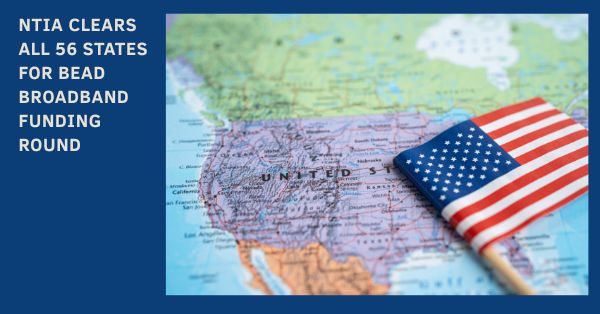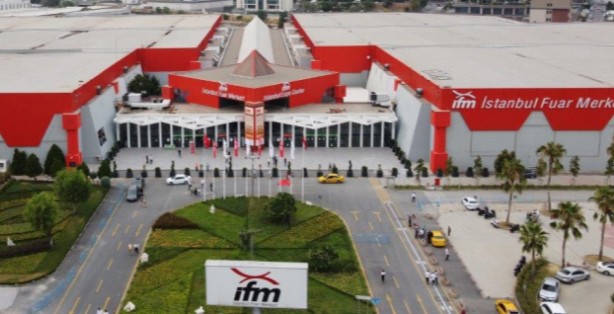RoboSense, a pioneering AI-driven robotics technology company, hosted the world’s first AI Robotics Global Online Launch Event of 2025, “Hello Robot.” The event marked a pivotal moment in the company’s evolution, showcasing its strategic vision as a global robotics technology platform and unveiling groundbreaking achievements. Among the highlights were a series of cutting-edge products that will debut at the CES 2025, taking place from January 7–10 in Las Vegas.
Redefining RoboSense’s Identity and Capabilities
Building on a decade of technological innovation, RoboSense has demonstrated unparalleled expertise in LiDAR development and intelligent robotics. The launch event introduced RoboSense’s humanoid robotic prototype, a universal development platform that exemplifies the company’s in-depth understanding of intelligent robotics. This comprehensive platform lays the foundation for future advancements in vision, tactile sensing, mobility, and manipulation solutions.
A Fully Digital Era for LiDAR
At the heart of RoboSense’s unveiling were three high-performance digital LiDAR products designed for both automotive and robotics applications. These innovations mark the transition to a fully digitalized LiDAR era, achieving unprecedented breakthroughs in size, resolution, and precision:
1. EM4 – Revolutionizing the Automotive Market
The EM4 is the world’s first “Thousand-Beam” ultra-long-range automotive-grade digital LiDAR. Featuring 1080 beams and a detection range of up to 600 meters, EM4 provides vehicles with 1080P high-definition 3D perception, pushing the boundaries of advanced intelligent driving and fully autonomous capabilities.
2. E1R – A Breakthrough in Robotics LiDAR
The E1R is the world’s first fully solid-state digital LiDAR for robotics. Designed with automotive-grade reliability, it features RoboSense’s proprietary SPAD-SoC and 2D VCSEL chips. With its compact aperture and 120° × 90° ultra-wide field of view, E1R excels in obstacle avoidance, mapping, and navigation, supporting industrial, commercial, and embodied intelligent robots across diverse operational environments.
3. Airy – Hemispherical Vision for Robotics
The Airy is the world’s first 192-line hemispherical digital LiDAR, delivering a 360° × 90° ultra-wide field of view in a compact design comparable to a ping-pong ball. It boasts a detection range of 120 meters, 1.72 million points per second, and ±1cm precision, making it ideal for robots requiring omnidirectional perception in complex scenarios.
Pioneering a New Era of Robotics Solutions
As part of its mission to become the “global leader in robotics technology platforms,” RoboSense unveiled its humanoid robotic prototype to accelerate the development of robotics components and solutions. This platform integrates three core areas:
1. Vision Solutions:
RoboSense introduced the Active Camera, an intelligent ecosystem comprising sensor hardware, computational cores, and AI algorithms. By merging LiDAR signals and camera data, the Active Camera provides active environmental perception, overcoming challenges like lighting variability and visual illusions. Developers can use its SDK for seamless integration of mapping, localization, and obstacle avoidance, reducing development time and system complexity.
2. Manipulation Solutions:
RoboSense showcased its second-generation dexterous hand Papert 2.0 with 20 degrees of freedom, incorporating hand-eye coordination to create a closed-loop system. This innovation significantly enhances versatility and complexity across a wide range of tasks.
3. Mobility Solutions:
Building on its extensive automotive expertise, RoboSense has introduced an intelligent solution – Robo FSD to expanded into mobile robotics, enabling robots to achieve autonomous point-to-point mobility across various scenarios.
Incremental Components for Next-Generation Robots
In addition to its digital LiDAR lineup, RoboSense unveiled several new components tailored to diverse robotics needs:
- FS-3D: A force sensor optimized for legged robots.
- LA-8000: A high-power-density linear motor designed for robotic hip and knee joints.
- DC-G1: A domain controller supporting real-time perception, multimodal large models, embodied intelligence operations, and advanced motion control algorithms.
Experience the Future of Robotics at CES 2025
RoboSense’s newly launched products will be showcased at CES 2025 in Las Vegas from January 7–10 at Booth 6700, West Hall, LVCC. For more information, visit www.robosense.ai.
About RoboSense
RoboSense (2498.HK), founded in 2014, is an AI-driven robotics technology company that supplies industry-leading incremental components and solutions for the robotics market. The company is committed to “Become the global leader in robotics technology platforms”, and its mission is “Safer world, Smarter life”.































